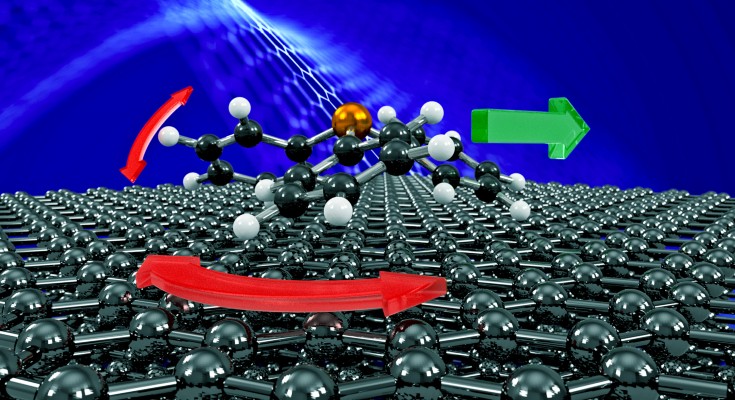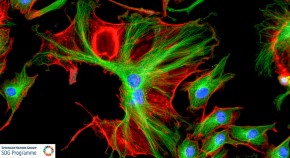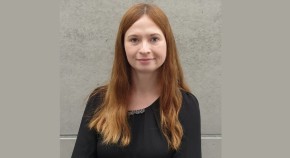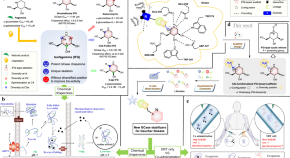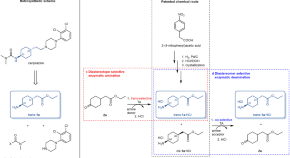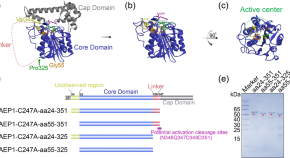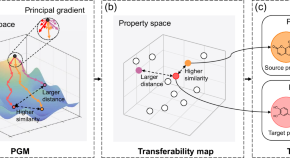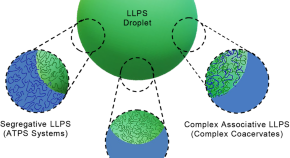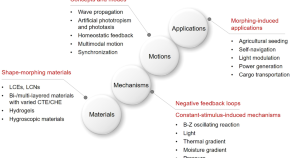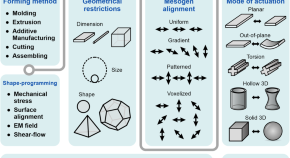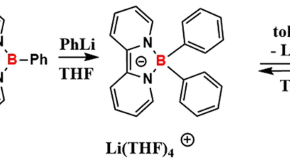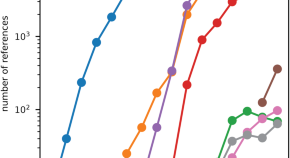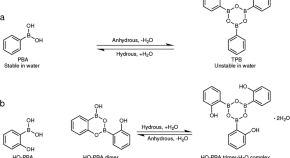Advertisement
-
-

Combinatorial biosynthesis for the engineering of novel fungal natural products
Combinatorial biosynthesis of natural products is a method to synthesize structurally diverse molecules with defined modifications. Here, the authors review the various approaches used for combinatorial biosynthesis of fungal natural products by engineering biosynthetic enzymes and pathways to generate novel molecules.
-
-
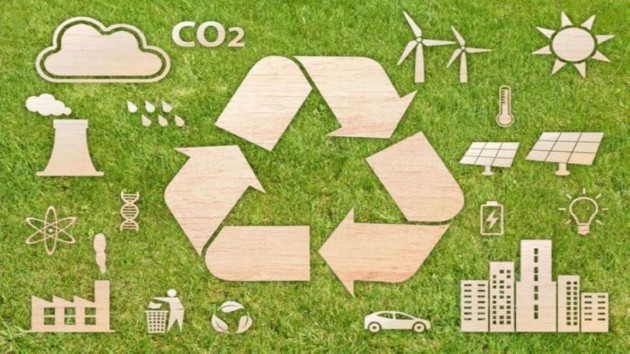
Electrocatalytic CO2 reduction
The electrochemical reduction of carbon dioxide (CO2) is a key technology to combat global climate issues. By utilizing renewable energy, we can convert greenhouse gases into value-added commodity chemicals. While there has been a growing number of CO2 research in recent years, there are still many unanswered fundamental questions and engineering challenges. With this collection, we encourage scientists from different academic backgrounds to explore these remaining challenges in the CO2 electrochemical reduction reaction and provide a forum for the CO2 community to share their latest research results. We welcome all submission of original research articles, reviews and perspectives related to the theme of CO2 electrocatalytic reduction.
Trending - Altmetric
-
Body odor samples from infants and post-pubertal children differ in their volatile profiles
-
Molecular motion of a nanoscopic moonlander via translations and rotations of triphenylphosphine on graphite
-
Fast and effective molecular property prediction with transferability map
-
Borates expand their reduction power

